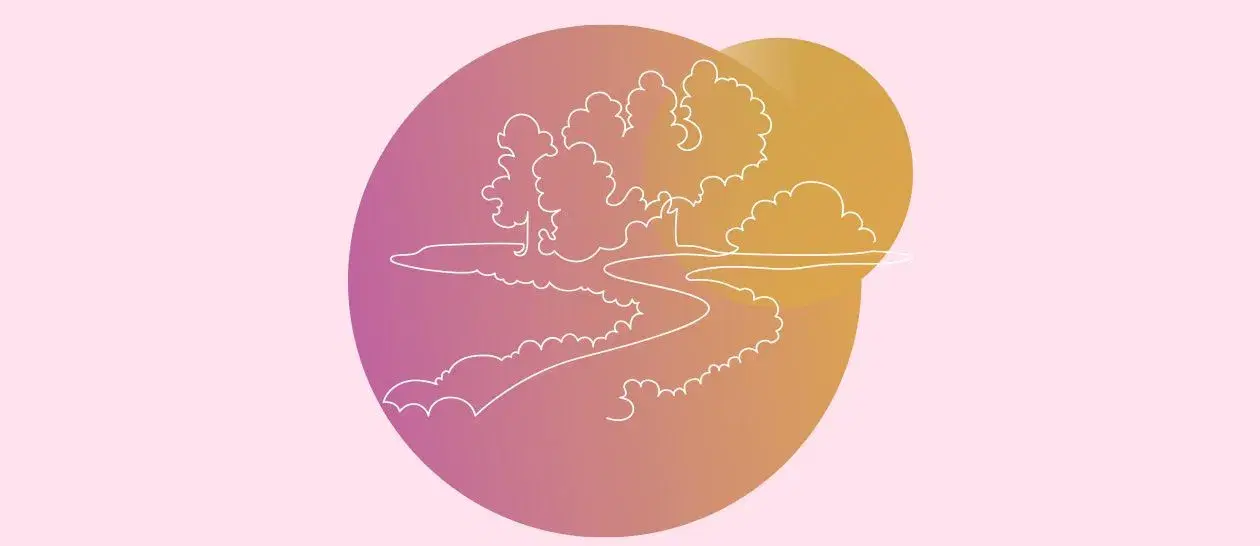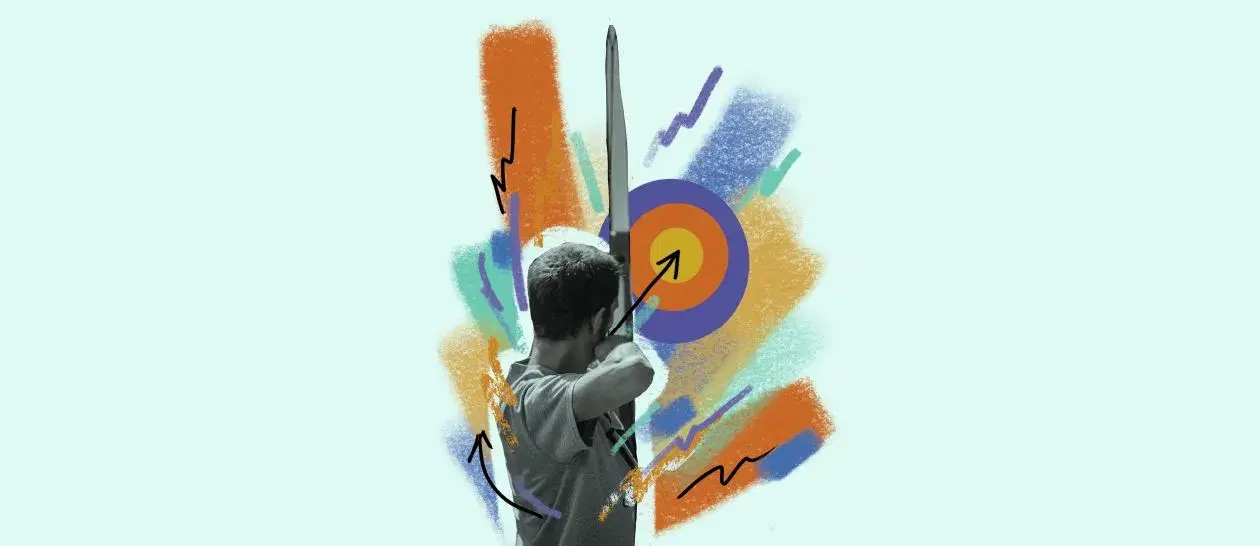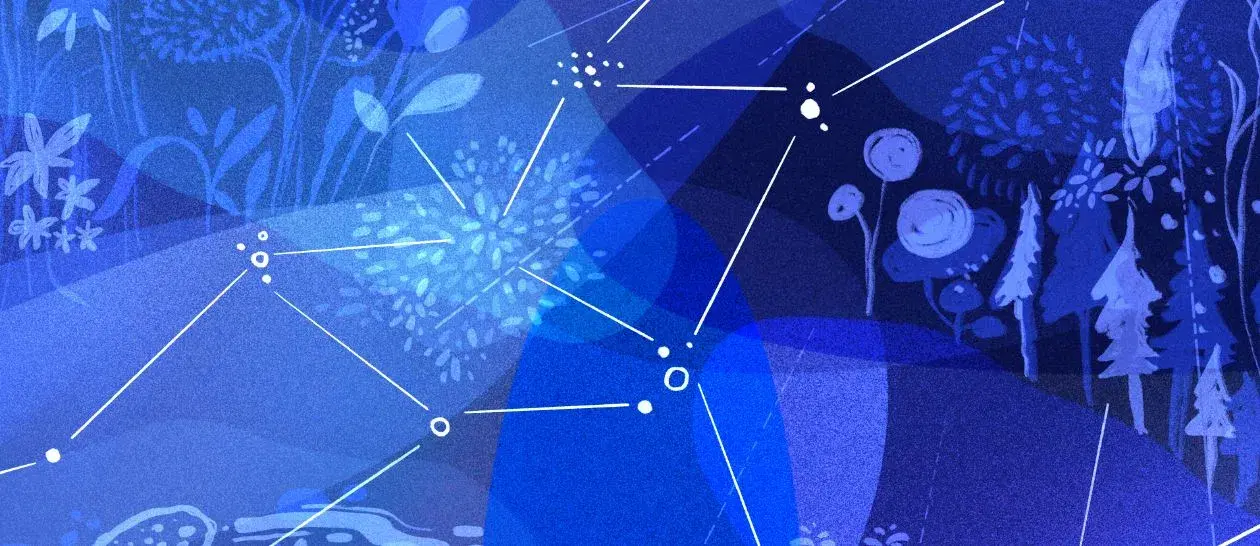FEATURED STORIES
APRIL 2024 EDITION
The effects of climate change have gone so far that reversal is impossible. Instead, we have entered a critical season of regeneration, when we can come together to re-energize Mother Earth and her occupants with nourishment, compassion, and healing for the future.
In this edition, Daaji speaks of trees and Nature, Patricia Scotland, Commonwealth Secretary-General, speaks to school students about how to give back, Maria Daniel Brás dives into Deep U, and Alain Desvigne and Antoine Denoix inspire each other with ideas for regenerative businesses. Victor Kannan celebrates the Inner Peace Museum at Kanha Shanti Vanam, and Gorakh Parulkar writes on conflict resolution. Christine Prisland takes us for a walk in the woods, Jason Nutting highlights the benefits of eating slowly, Jemina Watstein shares 3 art activities we can do to calm our minds, and Sara Bubber tells our children a Buddhist story on moderation and sets them a few challenges.
How are you contributing to regeneration? Email us at contributions@heartfulnessmagazine.com to share your ideas.
Workplace
Regenerative business
In January 2024 in Paris, two key figures in the environmental energy revolution in Europe met to explore regeneration together. They are ANTOINE DENO ...,
Read MoreRECOMMENDED ARTICLES
HARPREET KALRA had the job opportunity of a lifetime, but turned it down because his heart said no. The job offer looked promising – an established brand, a healthy pay packet, a great role profi ...
readmoreVALENTINA TSAREV, SRIVIDYA VARADARAJAN, UTTARA VENUGOPAL, and UMA NATARAJAN are all yoga teachers who have experienced the benefits of yoga and Ayurveda at a young age. Here they share some key featur ...
readmoreMEGHA BAJAJ shares some simple tips on how to develop the capacity for intuition, which can be cultivated in daily life. For as long as I can remember, I have been an intuitive person. Whether it ha ...
readmore










